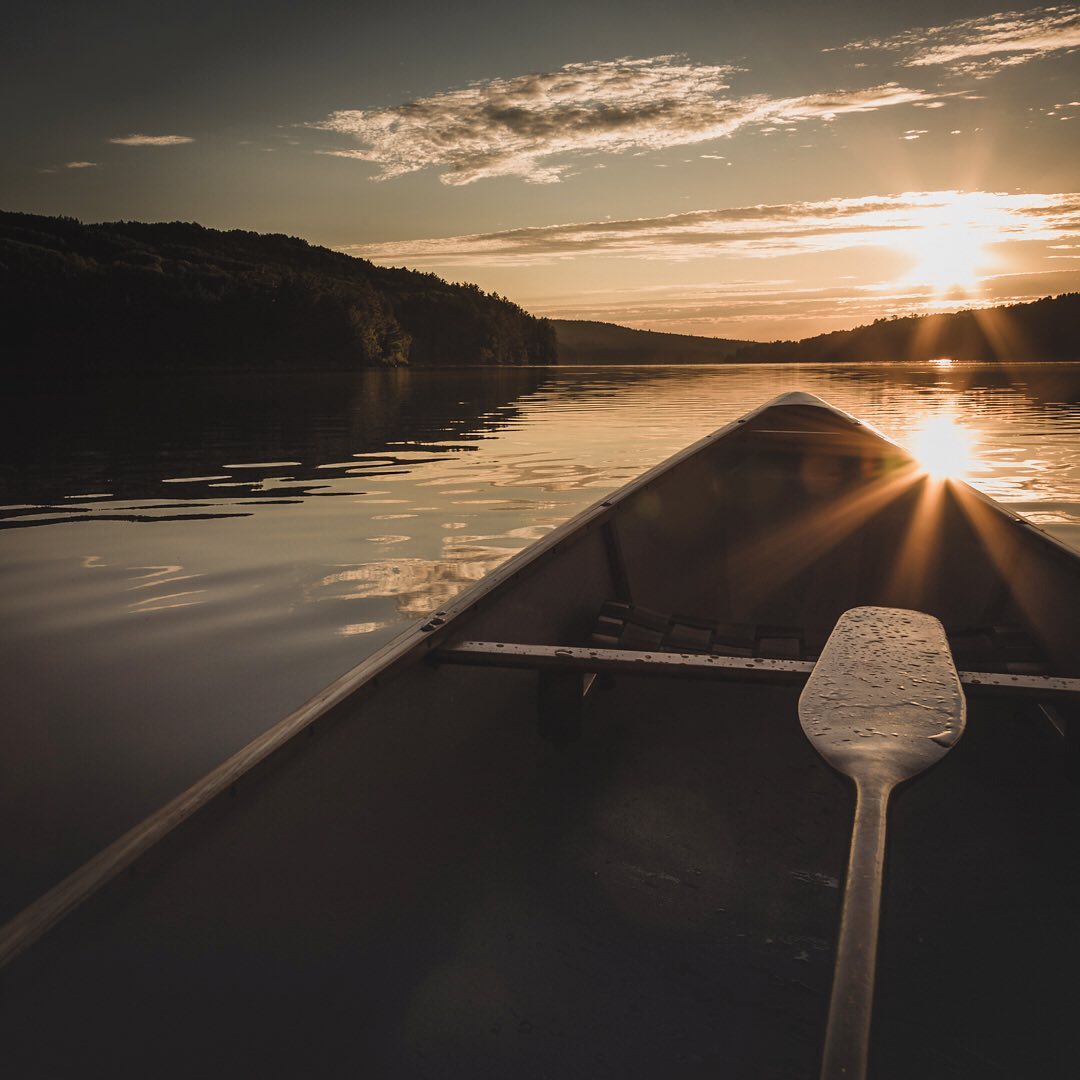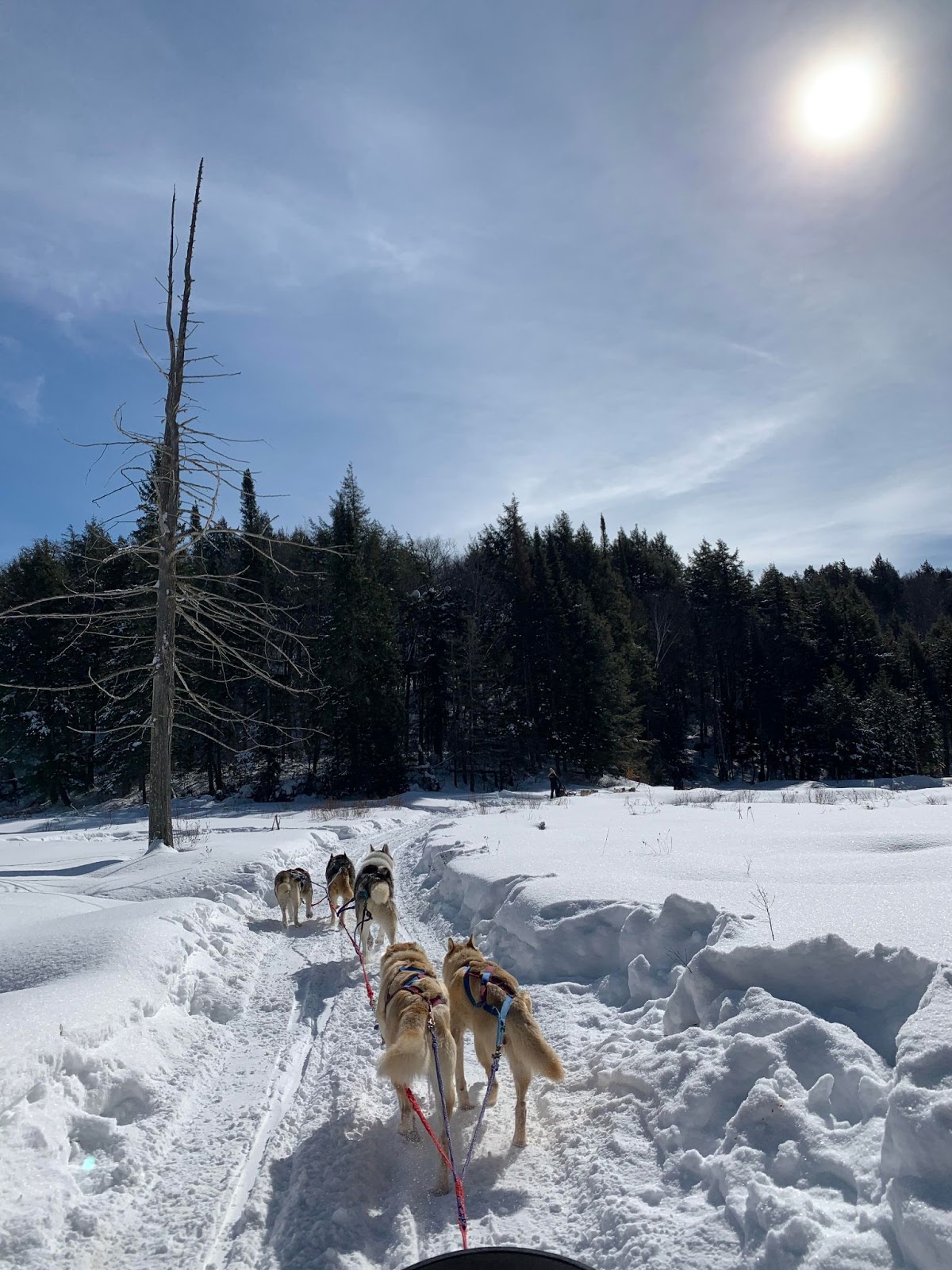Visit Algonquin Park
Disclosure: Bear in mind that some of the links in this post are affiliate links and if you go through them to make a purchase we will earn a commission at no additional cost to you. We chose these companies / hotels because of their quality and not because of the commission we receive from your purchases.
Algonquin Park is a protected territory of nearly 8,000 square kilometers located in the province of Ontario. This vast area was the first provincial park in Canada and is now one of the most significant natural attractions in the country. Visitors are able to choose from a variety of activities, such as hiking, canoeing, camping, dog sledding, snow shoeing, animal observation, and even fine dining. Algonquin park is one of the best places to experience the Canadian wilderness and learn more about the nation’s cultural history. 
How to Get There
Algonquin park is accessible by both car and public transportation. The park is located 250 Km North of Toronto and can be accessed year round by Highway 60. There are many different access points to the park, depending upon the direction that travellers are coming from.
There is also a new direct bus line that runs from Toronto to Algonquin Park for those visiting without a car.
Where to Stay
Due to Algonquin Park’s immense size there are many accommodation options available. Hotels, private cabins, and glamping tents are scattered throughout the park and located near various access points. However, the most popular form of accommodation in the park is camping. Tourists can pre-book various camp sites or opt to camp in secluded areas of the park that are only accessible by canoe or backpacking trails.
What to Do
Portaging Trips
Developed by Canada’s First Nations communities, “Portaging” is a transportation activity that switches between canoeing and hiking across land to avoid water obstacles such as rapids. Today, portaging is the main activity that brings tourists to Algonquin Park. Experienced portagers can travel for weeks throughout the park, while carrying their canoes and camping in the wilderness. For beginners, guided weekend portaging trips are available, and a great introduction to the activity.
Viewing Fall Leaves
Thanks to the diversity of tree species, Algonquin Park is world famous for its colourful leaves during the fall season. Starting in mid-September photographers, naturalists, and artists head to Algonquin to observe the beautiful red, orange, and yellow leaves that completely transform the natural landscape. Spend the afternoon appreciating the colours from various hiking paths or sign up for a painting class by a local artist.
Dog Sledding
Initially invented by the Inuit and indigenous peoples of the arctic, dog sledding quickly spread throughout Canada as an efficient way to transport goods and people. In 1850, the first formalized dog sled race took place and became a sport that is well-known for its endurance and tenacity. 
Today, travellers have the opportunity to lead a dogsled team with experienced guides throughout Algonquin park. This is truly an exhilarating and once in a lifetime experience!
Where to Eat
Since Algonquin Park is a protected area, there are few restaurants available inside of the park. Bartlett Lodge and Killarney Lodge are two fine dining options for travellers. Park visitors can also choose from a variety of restaurants and grocery stores in the surrounding towns of Whitney, Dwight, and Oxtongue Lake. There is also a grocery store located inside of the park called the Lake of Two Rivers Store.
Best Time to Visit
Algonquin Park is open year round and offers a variety of activities depending on the season. For visitors interested in warm weather activities such as camping and swimming, mid-June to mid-September is the best time to visit. Tourists interested in seeing Algonquin’s beautiful fall leaves in full colour should visit between mid-September and mid-October. Finally, for winter activities such as dogsledding. mid-December to mid-March will offer guaranteed snow.

Click here to find her on Instagram